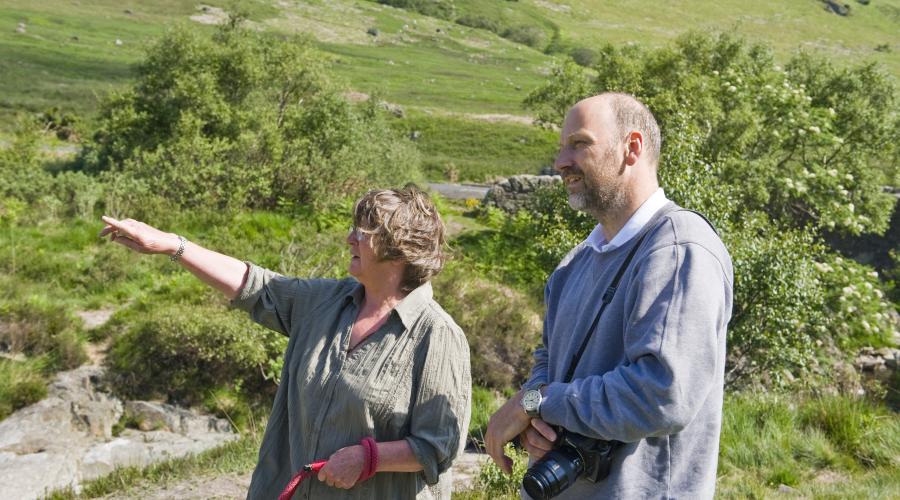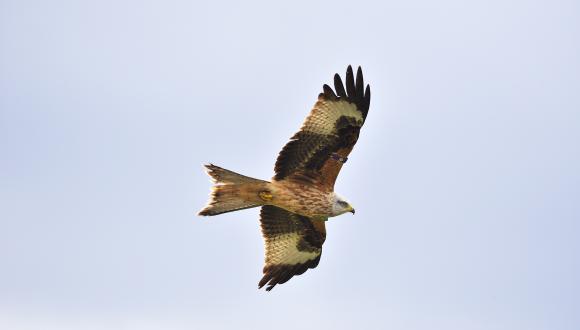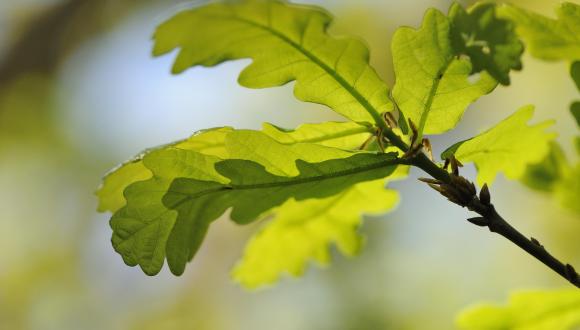
General public
How to watch wildlife and stay within the law, plus what to do if protected species are using your property.
Responsible wildlife watching
Watching wildlife is exciting, but you must take special care if you come across any of our protected species. It is against the law to even disturb certain animals, or damage the places that they use. Some plants can also be easily damaged.
You should:
- not intentionally or recklessly disturb or destroy plants, eggs, birds, other animals or geological features
- not linger if it’s clear that your presence is causing significant disturbance to a bird or other wild animal
- take extra care to avoid disturbing more sensitive birds and animals, particularly during their breeding season
- steer clear of red deer stags during the rut when they’re particularly aggressive and dangerous
- keep any dogs under close control
- aim to use wildlife tourism operators who follow a code of conduct
- wherever you are, follow the Scottish Outdoor Access Code
- follow the Scottish Marine Wildlife Watching Code if viewing marine life
You may wish to visit protected areas to spot the flora and fauna they support. When visiting these places, you must stick to the advice given by wardens and on interpretation panels to avoid undue disturbance.
If you find a dead animal of any species, please don’t pick it up. Carcasses may present health risks and are best left alone. Instead, note where you saw the dead animal and contact your local NatureScot area office for advice.
The only exception is if you find a dead bird with a ring on its leg. If you can remove this and return it to the address on the ring, we can build up our knowledge of the species. You should wear disposable gloves to remove the ring.
Be aware that it’s illegal to possess any European protected species (or any part of such an animal) without a relevant licence. Possessing a wild bird or egg is also against the law, unless you can prove that it came to you by lawful means.
Find out more about wildlife law in our leaflet - Scotland’s Wildlife: The Law and You
Protected species in your property
You may come across protected species living in your property. In Scotland, you’re most likely to share your home with bats or, less commonly, pine martens.
Most bats are seasonal visitors. They arrive in spring to form maternity roosts and breed over the summer. Bats will tend to leave a property by October, and return the following spring. But a few bats may stay for the winter, hibernating in crevices or under slates in cooler areas of the building.
NatureScot is here to help if you have concerns or issues with any protected species in your property.
We can advise you on survey requirements, mitigation techniques to minimise harm to the animals, and licensing.
You must contact us if you:
- are planning any works on your property – e.g. roof repairs, building maintenance or alterations, demolition
- want to get rid of unwanted bat colonies
To discuss such issues, contact your local NatureScot area office.





